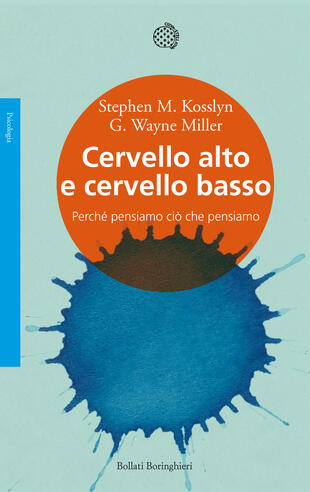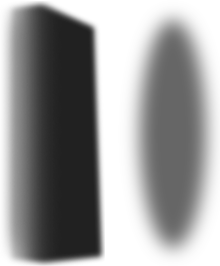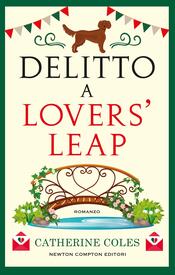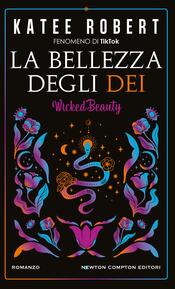

Sinossi
Sono così tanti i libri su questo tema che i due autori, consapevoli della cosa, si chiedono fin dalla prima pagina: «Perché un ennesimo libro sul cervello?». E con buon senso dell’umorismo si rispondono da soli, baldanzosi: «Perché questo è diverso». Se Stephen Kosslyn fosse una persona qualunque non ci sarebbe da fidarsi molto, ma dal momento che secondo Steven Pinker «Kosslyn è uno dei più grandi scienziati cognitivi a cavallo tra i nostri due secoli» vale invece la pena di capire meglio. Il fatto è che molti libri sul cervello ripropongono troppo spesso acriticamente miti del passato, dandoli per scontati e ignorando che nei laboratori più avanzati da molto tempo il vento è cambiato. Uno di questi miti, forse il più ripetuto e tenace, sostiene che il cervello è diviso in «emisfero destro» e «emisfero sinistro», e che le due metà fanno cose differenti: la parte sinistra è analitica e logica, la parte destra è artistica e intuitiva. Pensiamo di saperlo tutti, lo diamo per scontato, ma non è vero. Si tratta in effetti di una semplificazione grossolana, e se per caso avete appena fatto un test per capire quale delle due metà di voi sia la più sviluppata sappiate che avete solo sprecato del tempo. Ecco allora che Stephen Kosslyn, aiutato da Wayne Miller, ci propone invece un cervello «alto» e un cervello «basso». Sembra una provocazione, e in parte lo è. Il cervello in realtà non si lascia dividere tanto facilmente, ma è vero che contiene aree che fanno cose diverse, il cui sviluppo relativo determina molto di ciò che pensiamo e sentiamo. È questa la «teoria delle modalità cognitive», che viene qui divulgata per la prima volta, in maniera estremamente comprensibile, dopo decenni di ricerche. A seconda di quali parti del cervello siano più o meno attive in ciascuno di noi, il libro propone quattro modalità principali di pensiero: la «modalità dinamica», la «modalità percettiva», la «modalità stimolativa» e la «modalità adattiva». Ci sono forti evidenze empiriche che le cose stiano a grandi linee così. A quale delle quattro modalità apparteniamo? Il penultimo capitolo del libro offre un test per scoprirlo, e questa volta non è uno spreco di tempo, è un modo per conoscere meglio se stessi sulla base di conoscenze scientifiche solide e verificabili.
- ISBN: 8833973859
- Casa Editrice: Bollati Boringhieri
- Pagine: 213
- Data di uscita: 26-02-2015
Recensioni
There’s potentially a lot of promise behind this book, but as of today, it isn’t convincing enough. The science and history presented in the first portion of the book almost make it worth reading, regardless of the flaws in the rest. First, the discussion of the functional division of the various majo Leggi tutto
It was a challenge for me to continue reminding myself that this is just a "personality theory." It was nice that they steered away form the left brain right brain conversation, and mentioned systemic brain functioning. It did seem a little bit limited on how they view the brain functioning as a sys Leggi tutto
This has got to be the most useless book I've ever read. I'm thoroughly confused by all its good reviews... This book was about as good as the weather anchor saying "well, there's a 50% chance of rain today. So. You know. It might rain. Or it might not!" ... except the author said... "well we didn't Leggi tutto
“Kosslyn is one of the world’s great cognitive neuroscientists of the late 20th and early 21st century.” – Steven Pinker, bestselling author of The Language Instinct. "An exciting new way to think about our brains, and ourselves. Original, insightful, and a sweet read to boot." -- Daniel Gilbert, autho Leggi tutto
I wish Goodreads has option to give rating of zero. Because this what that book is worth.
Rather interesting...
Read more like a pamphlet for a company team-building exercise than actual science. After reading some truly brilliant books on behavioral science ("The Invisible Gorilla", "Fast Thinking, Slow Thinking") that present large amounts of actual data and provided great insight, this did not hold up well Leggi tutto
I put this book on my pile due to the praise from my favorite thinker Steven Pinker, but it didn't live up to my unrealistic expectations. The basic idea, drawn from author Kosslyn's deep neurological expertise, is that human brains, complex as they are, can be usefully summarized as carrying two ma Leggi tutto
The authors make it out to look like they have found some ground-breaking discovery of how the brain works, but there’s nothing like that in there. They argue that the left-right brain divisions are a simplification of the complex “technology” that your brain is made up of. However, they are guilty Leggi tutto
Citazioni
Al momento non ci sono citazioni, inserisci tu la prima!






















